But C++ primer ... said it should work
No it doesn't. The quote from C++ primer doesn't use std::cout at all. The output that you see doesn't contradict with what the book says.
So I don't think they give the wrong information
No1.
did I do something wrong?
It seems that you've possibly misunderstood what the value of a character means, or possibly misunderstood how character streams work.
Character types are integer types (but not all integer types are character types). The values of unsigned char are 0..255 (on systems where size of byte is 8 bits). Each2 of those values represent some textual symbol. The mapping from a set of values to a set of symbols is called a "character set" or "character encoding".
std::cout is a character stream. << is stream insertion operator. When you insert a character into a stream, the behaviour is not to show the numerical value. Instead, the behaviour to show the symbol that the value is mapped to3 in the character set that your system uses. In this case, it appears that the value 255 is mapped to whatever strange symbol you saw on the screen.
If you wish to print the numerical value of a character, what you can do is convert to a non-character integer type and insert that to the character stream:
int i = c;
std::cout << i;
1 At least, there's no wrong information regarding your confusion. The quote is a bit inaccurate and outdated in case of c2. Before C++20, the value was "implementation defined" rather than "undefined". Since C++20, the value is actually defined, and the value is 0 which is the null terminator character that signifies end of a string. If you try to print this character, you'll see no output.
2 This was bit of a lie for simplicity's sake. Some characters are not visible symbols. For example, there is the null terminator charter as well as other control characters. The situation becomes even more complex in the case of variable width encodings such as the ubiquitous Unicode, where symbols may consist of a sequence of several char. In such encoding, and individual char cannot necessarily be interpreted correctly without other char that are part of such sequence.
3 And this behaviour should feel natural once you grok the purpose of character types. Consider following program:
unsigned char c = 'a';
std::cout << c;
It would be highly confusing if the output would be a number that is the value of the character (such as 97 which may be the value of the symbol 'a' on the system) rather than the symbol 'a'.
For extra meditation, think about what this program might print (and feel free to try it out):
char c = 57;
std::cout << c << '\n';
int i = c;
std::cout << i << '\n';
c = '9';
std::cout << c << '\n';
i = c;
std::cout << i << '\n';


